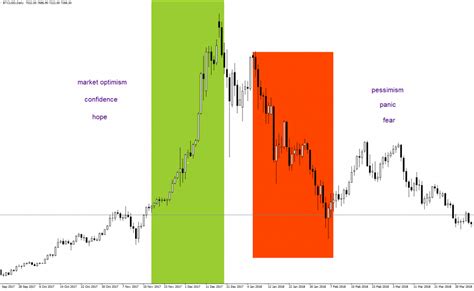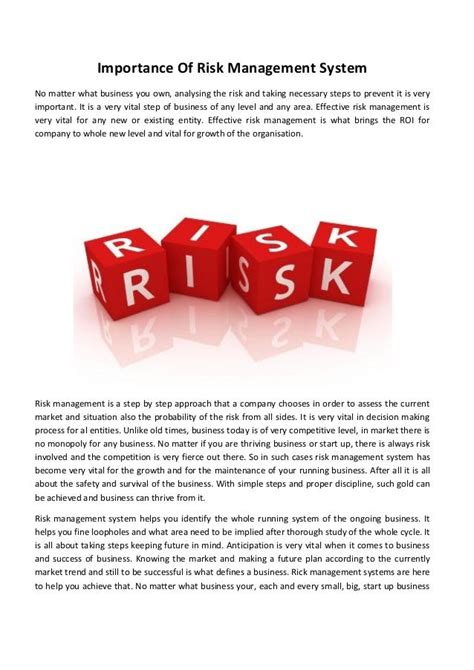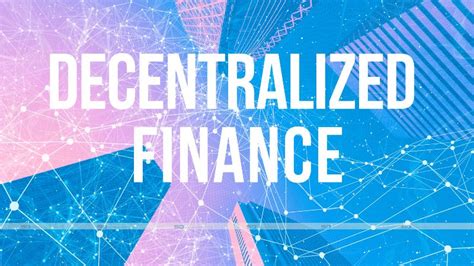Mercato signals and their impact on Solana (Sol) investors
The world of cryptocurrency has become increasingly volatile in recent years, with the prices that flow quickly due to various market signals. For investors interested in the Blockchain Solana network, understanding these signals is essential to make informed decisions about the purchase or sale of Sol. In this article, we will deepen the different types of market signals and their impact on Solana (Sol) investors.
What are the market signals?
The market signals refer to the price movements that indicate a specific direction in the cryptocurrency market. These signals can be influenced by various factors, including demand and supply, adoption rates, regulatory developments and technological progress. Several market signals can have different effects on Sol investors, but very often they translate into greater uncertainty and potential losses.
Types of market signals
There are different types of market signals that can have an impact on Solana investors (Sol):
1 Investors should sell their Sol if they expect significant price increases in the future.
- Selling or holding : On the contrary, when prices decrease due to the reduction of the demand, it could be a signal for investors to sell their Sol before prices decrease further.
- Buy the Dip : This occurs when prices are extremely low and investors are willing to regain at lower prices. It is essential to pay attention here, since the purchase at a low price does not guarantee future earnings.
- Solding to the refusal : When the sellers aggressively refuse new prices, it can indicate that buyers are hesitant to enter the market, leading to potential losses for investors.
5
Impact of market signals on Solana investors (Sol)
Market signals can have a significant impact on Sol investors, which affect their returns and on the overall investment strategy. Here are some key implications:
- Risk tolerance : When prices increase or significantly decrease, it can indicate that the market is more volatile than investors expected. This could lead to an increase in risk tolerance for investors who are willing to take on greater risks in the pursuit of potential higher earnings.
- Investment strategy : market signals can influence the strategy of an investor. For example, if prices increase and then decrease quickly, investors may have to adapt their investment portfolio to avoid significant losses.
3 Investors should be aware of the risks associated with this classification and conduct in -depth research before investing in Sol.
Why are market signals important for Solana (Sol) investors?
Understanding market signals is crucial for SOL investors because they provide valuable information on cryptocurrency market dynamics:
- Risk management : by recognizing potential changes in the market signal, investors can adapt their investment strategy to minimize losses and maximize earnings.
- diversification
: market signals can help investors diversify their wallets by identifying opportunities in different classes or markets.
- The informed decision -making process : the recognition of market signals allows investors to make more informed decisions on the purchase or sale of Sol, reducing the probability of emotional decision -making process.
Conclusion
Market signals are a crucial aspect of investments in cryptocurrency, in particular for Solana (Sol) investors.









